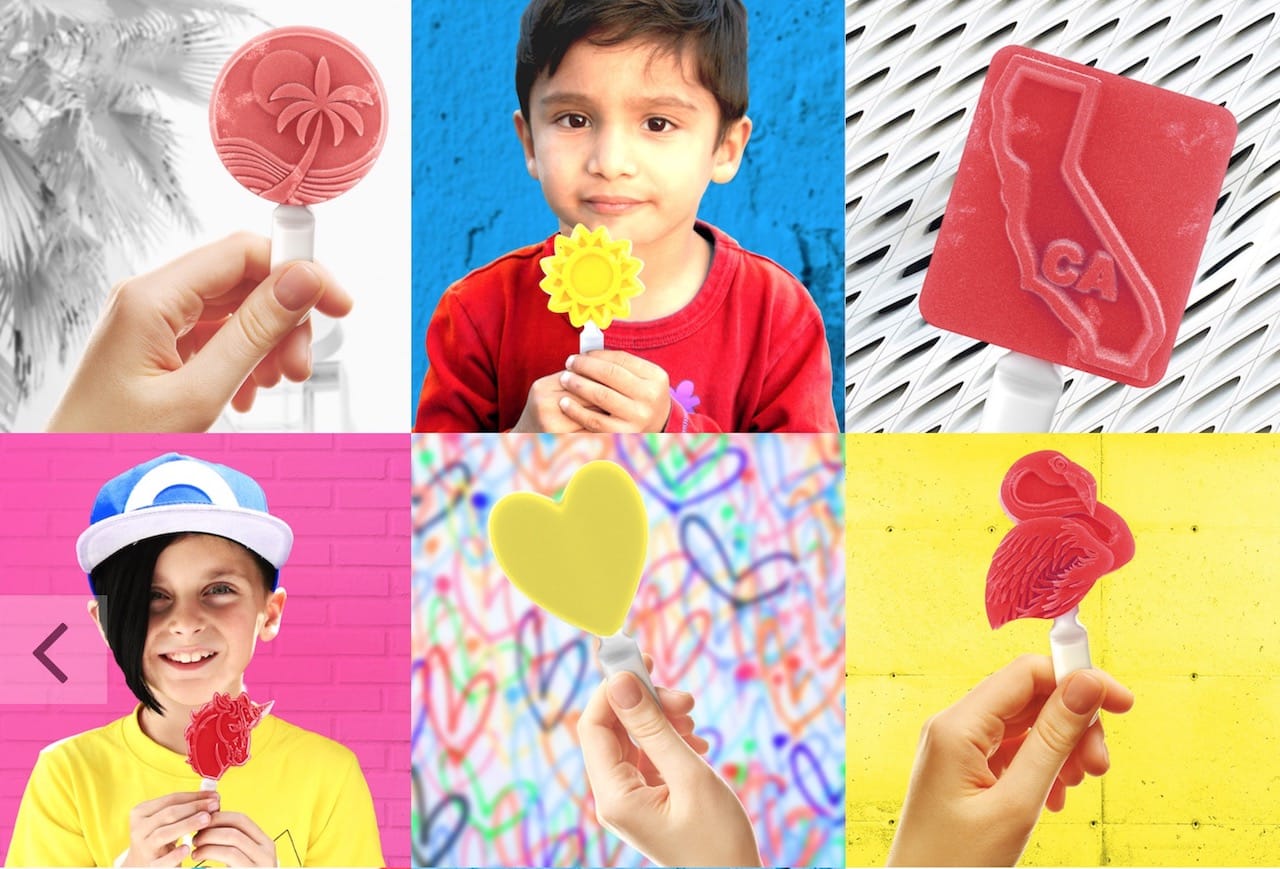
Janne Kyttanen is a well known name in the 3D print industry, having appeared in our pages multiple times.
He’s a highly competent 3D designer and has developed a number of very unusual concepts. His skills led initially to the launch of “Freedom of Creation”, an unusual design firm that marketed a number of unusual 3D printed products.
The firm was then acquired by 3D Systems during its buying heyday, whereupon Kyttanen became a creative director at that firm.
Since departing 3D Systems, Kyttanen has been working on a mysterious project that we’ve heard fragments, but not enough to write an actual story. Now we do, as Kyttanen has revealed “Pixsweet” to the public.
What is Pixsweet? In a sentence, it would be described as a “Custom 3D printed popsicle service”. Yes, exactly that: designs are selected and customized online, and then produced using 3D print technology at a factory. The resulting customized popsicles are then swiftly delivered for consumer consumption.
This is a very unique use of 3D print tech: it’s a food business that actually seems feasible, whereas many other 3D printed food ventures seem to have either failed or drifted into very small niche markets. We’re told by insiders that Kyttanen’s project is apparently quite successful, at least so far.

Using the Pixsweet system is straightforward and very reminiscent of the dynamic 3D model generation systems used at 3D Systems for their now-defunct consumer division, which at the time Kyttanen was present at that company.
Apparently Pixsweet uses 3D printing to develop their custom popsicles, and I expect it to be a two-step process. They more than likely 3D print a mold into which the actual popsicles are produced. The ingredients and popsicle technologies are otherwise normal for the food industry.
What Pixsweet does is give consumers the power to design their own frozen treats, something I’ve not heard of in any other food venture. This is an accessible technology, whereas most other 3D printed food projects involve an operator working with a potentially cranky food printer. Literally anyone can use Pixsweet.
And it’s not particularly expensive, either. The popsicles are priced at USD$5 each. For customized designs, they have a minimum order of 100 units, which might be quite reasonable for a company or event wishing to have a very unique dessert.
They also offer “8-packs” so smaller quantities can be acquired, and there are a great many interesting designs to choose from.
Custom designs are also possible. You simply upload a transparent background 2D image of max 930 x 1530 pixels and that becomes the basic shape for the custom popsicle. Further online customization is then performed by the requestor.
The “material” for these 3D prints is only from a selection of three hipster-style flavors: Sweet Strawberry Lemonade, Tropical Mango Pineapple and Juicy Watermelon Citrus. But I imagine Pixsweet could easily add more in the future.
The completed popsicles, or “ice pops” take two weeks to prepare and deliver. They’re shipped in sealed containers with dry ice, so they should survive the journey to the client, and Pixsweet has a number of instructions for handling.
As you might imagine, shipping frozen goods is a big constraint. They certainly could not efficiently ship these to Europe, for example, from their West Hollywood, California location.
Thus during their beta testing period, Pixsweet is only available in the Los Angeles area. Sorry, Europe!
But don’t despair. I suspect that if the Los Angeles experiment works out, we may see additional regional Pixsweet factories pop up in denser areas worldwide.
3D printed popsicles? Why not?
Via Pixsweet

